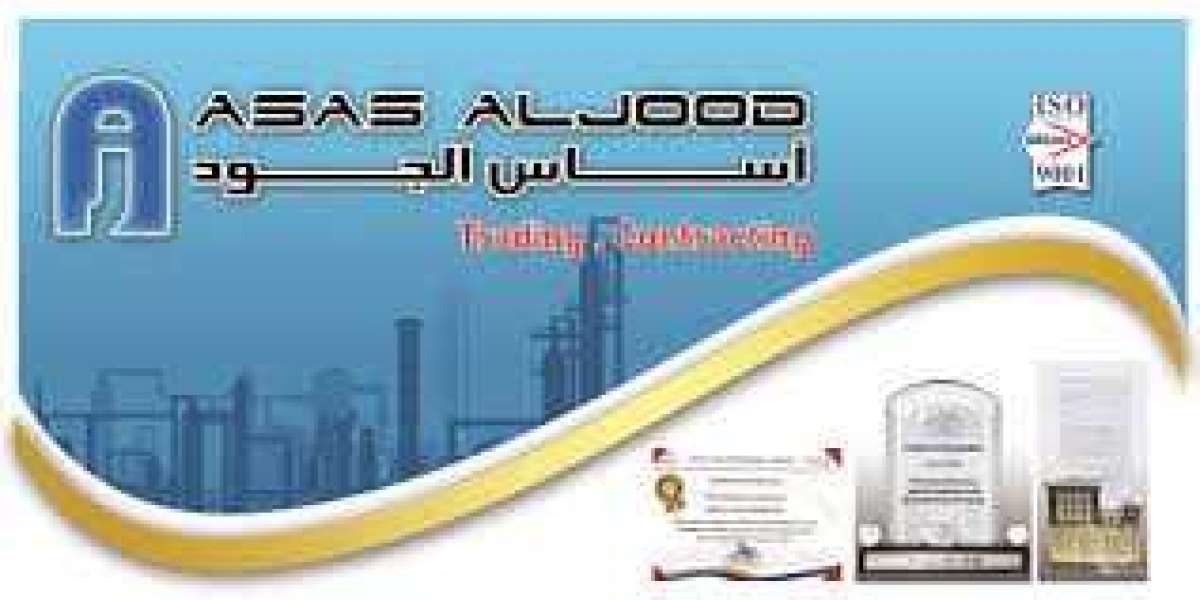Level 3 Charging Stations: The Fast Lane of EV Charging
Introduction
As a leading EV charger manufacturer in China, LiCB Charge delivers reliable AC and DC electric vehicle charging stations along with comprehensive charging solutions.
As electric vehicles (EVs) continue to gain popularity, the demand for faster and more efficient charging infrastructure is growing just as rapidly. EV charging is generally categorized into three levels—Level 1, Level 2, and Level 3—each offering different speeds and capabilities. Among these, Level 3 charging stations, also known as DC Fast Charging (DCFC), stand out as the fastest and most powerful option available for public and commercial use.
Level 3 chargers are engineered for speed, delivering power outputs ranging from 50 kilowatts (kW) to more than 500 kW. However, not all EVs are capable of utilizing these maximum charging speeds. The actual charging rate is determined by the vehicle’s onboard capabilities. For example, if an EV is limited to 50 kW charging, connecting it to a 350 kW station won’t increase its speed—it will only charge at the maximum rate the vehicle allows.
This article explores how Level 3 charging works, how it compares to Level 1 and Level 2 stations, and what it means for EV drivers, commercial property owners, and fleet operators.
Understanding Level 3 Charging
AC vs. DC Power: What’s the Difference?
To understand Level 3 charging, it's essential to grasp the basic difference between alternating current (AC) and direct current (DC):
AC Power is what’s delivered by the electrical grid and powers homes and businesses.
DC Power is the form of electricity stored in batteries—including EV batteries.
Since EV batteries store DC power, any AC from the grid must be converted to DC before charging. The main difference between the three charging levels lies in where and how fast this AC-to-DC conversion occurs.
Level 1 and Level 2 Charging
Level 1 Charging uses a standard 120V household outlet and relies on the car’s onboard converter to change AC to DC. It’s the slowest option, adding about 2 to 5 miles of range per hour.
Level 2 Charging uses a 240V outlet (like those used for ovens or dryers) and also performs AC-to-DC conversion inside the vehicle. It can provide 10 to 60 miles of range per hour, making it ideal for homes, workplaces, and public parking lots.
Level 3 Charging: Fast, Direct, and Powerful
Unlike Levels 1 and 2, Level 3 chargers perform the AC-to-DC conversion externally, within the charger itself. This allows the charger to bypass the vehicle’s onboard limitations and feed DC power directly into the battery, significantly speeding up the process.
Level 3 chargers typically deliver between 50 kW and 350+ kW of power. With such high output, many EVs can go from 20% to 80% charge in just 15 to 45 minutes, depending on the battery size and the car’s charging capabilities.
Technical Specifications of Level 3 Charging Stations
Power Requirements
Level 3 charging stations have far greater power demands compared to Levels 1 and 2:
Level 2: Operates on a 240V circuit (residential or light commercial).
Level 3: Requires a 480V three-phase power supply, typically found in industrial and commercial environments.
Because of these high requirements, Level 3 chargers are generally not feasible for home use and are instead installed at high-traffic public areas, fleet depots, or commercial properties.
Physical Characteristics
Level 3 charging units are much larger and heavier than Level 2 systems—often weighing over 500 pounds. Installation requires secure mounting, specialized cooling systems, and more extensive site preparation.
The connectors also differ:
Level 2 Chargers: Use the standard J1772 connector in North America.
Level 3 Chargers:
CCS (Combined Charging System): The most widely used DC fast-charging standard.
CHAdeMO: An older fast-charging standard, mainly used by certain Japanese EVs.
Tesla Supercharger Connector: Exclusive to Tesla vehicles, though adapters exist for broader compatibility.
Charging Time Comparison: Level 2 vs. Level 3
| Charging Level | Voltage | Power Output | Charging Time | Range Added (30 mins) |
|---|---|---|---|---|
| Level 2 | 240V | 3.3–19.2 kW | 4–8 hours (full) | 10–30 miles |
| Level 3 (DCFC) | 480V+ | 50–500+ kW | 15–45 mins (20–80%) | 60–200+ miles |
Note: Times and ranges vary based on vehicle model, battery size, state of charge, and environmental conditions.
Best Use Cases for Level 3 Charging
Because of their high cost and power requirements, Level 3 chargers are ideal for:
Public Fast-Charging Stations: Along highways and in urban centers for long-distance travel and quick top-ups.
Fleet Operations: For buses, delivery vans, and ride-share vehicles that require quick turnaround times.
Commercial Businesses: Shopping centers, hotels, gas stations, and convenience stores seeking to attract EV drivers.
While Level 3 charging isn’t necessary for every driver, it becomes crucial for those on the go, particularly for road trips or time-sensitive travel.
Challenges of Level 3 Charging
Despite its advantages, Level 3 charging presents some notable challenges:
High Infrastructure Costs
Installing a Level 3 charger can cost $30,000 to over $100,000, depending on factors like equipment, site work, permitting, and electrical upgrades. Additional considerations include:
Utility service upgrades
Demand charges
Network fees and maintenance
Vehicle Compatibility
Not all EVs support fast DC charging. Some entry-level or older models are limited to Level 2 speeds—even when connected to a Level 3 charger.
Grid Impact
High-speed charging places a significant load on the power grid, particularly when multiple stations operate simultaneously. This requires close coordination with utility providers to manage peak demand and avoid penalties.
Limited Availability
Level 3 chargers are less common than Level 2 options due to installation complexity and cost, although government programs are accelerating deployment across regions.
Benefits of Level 3 Charging for Businesses and Fleets
Despite the costs, Level 3 chargers offer strong benefits, especially for commercial applications:
Faster Turnaround: Keeps vehicles on the road with minimal downtime.
Customer Attraction: Locations with fast chargers appeal to EV drivers looking for convenience.
Sustainability Initiatives: Supports green transportation goals and may qualify for tax credits or incentives.
Future-Proofing: Prepares infrastructure for the next generation of high-performance EVs.
Conclusion: Driving Into the Fast Future
Level 3 charging stations are a game-changer in the EV ecosystem, offering unparalleled speed and convenience. As EV adoption continues to rise, the need for rapid, reliable, and widely available charging options becomes increasingly critical.
While the investment and infrastructure needs are substantial, the long-term benefits—in customer satisfaction, environmental impact, and operational efficiency—make Level 3 charging a smart choice for forward-thinking businesses, municipalities, and fleet operators.
As EV technology evolves and more vehicles become capable of ultra-fast charging, Level 3 stations will play a vital role in supporting a cleaner, faster, and more sustainable transportation future.Know more about Google SEO Directory



